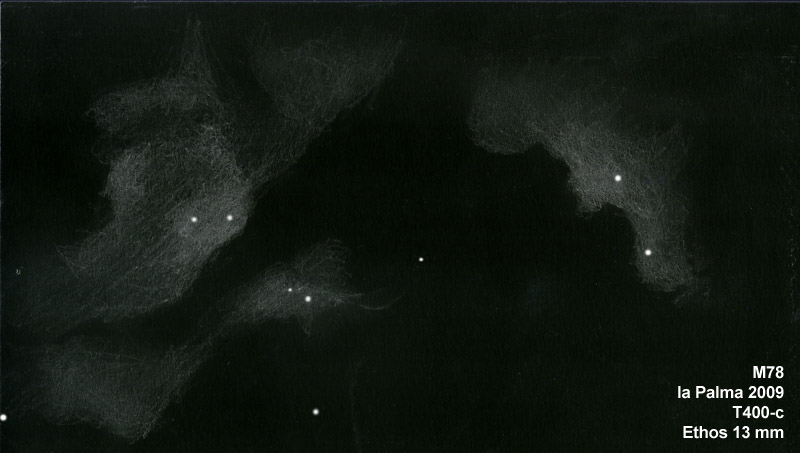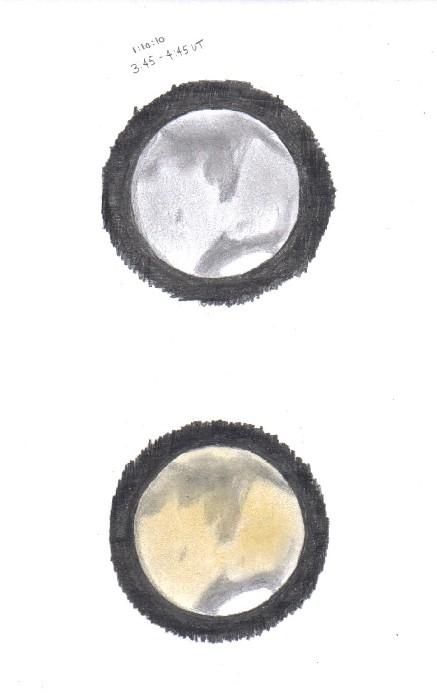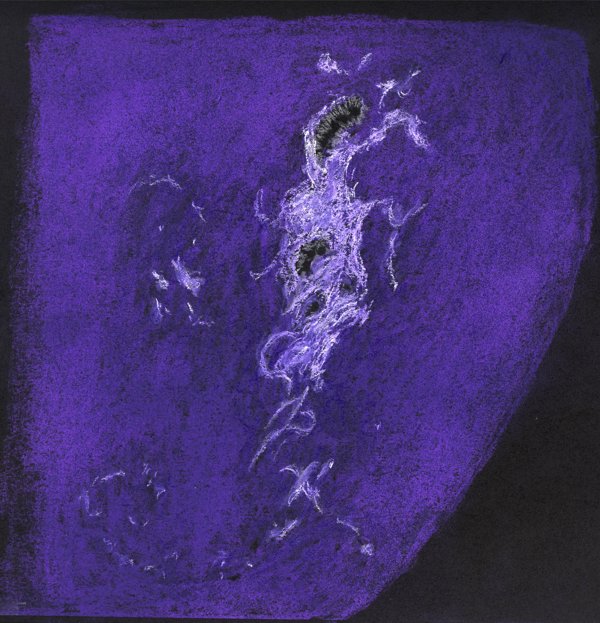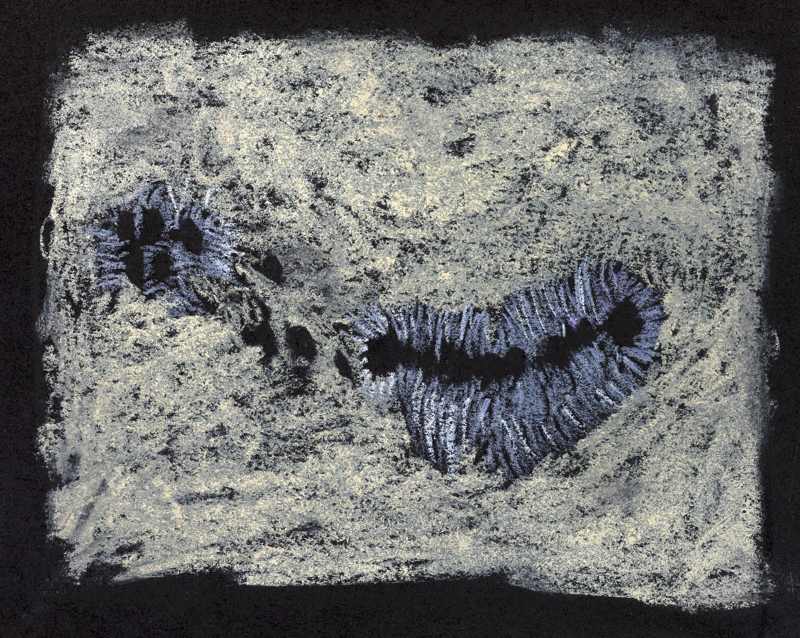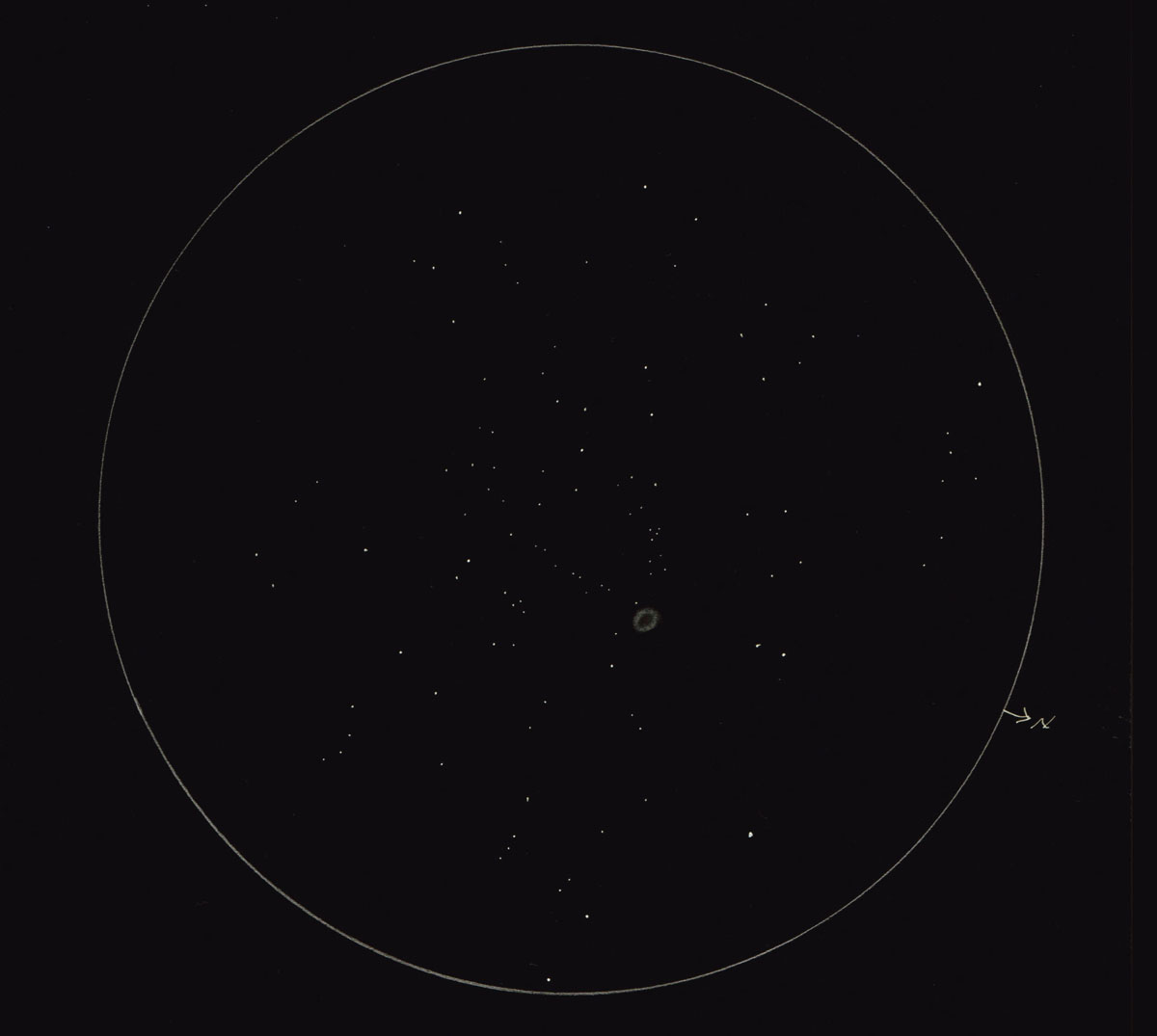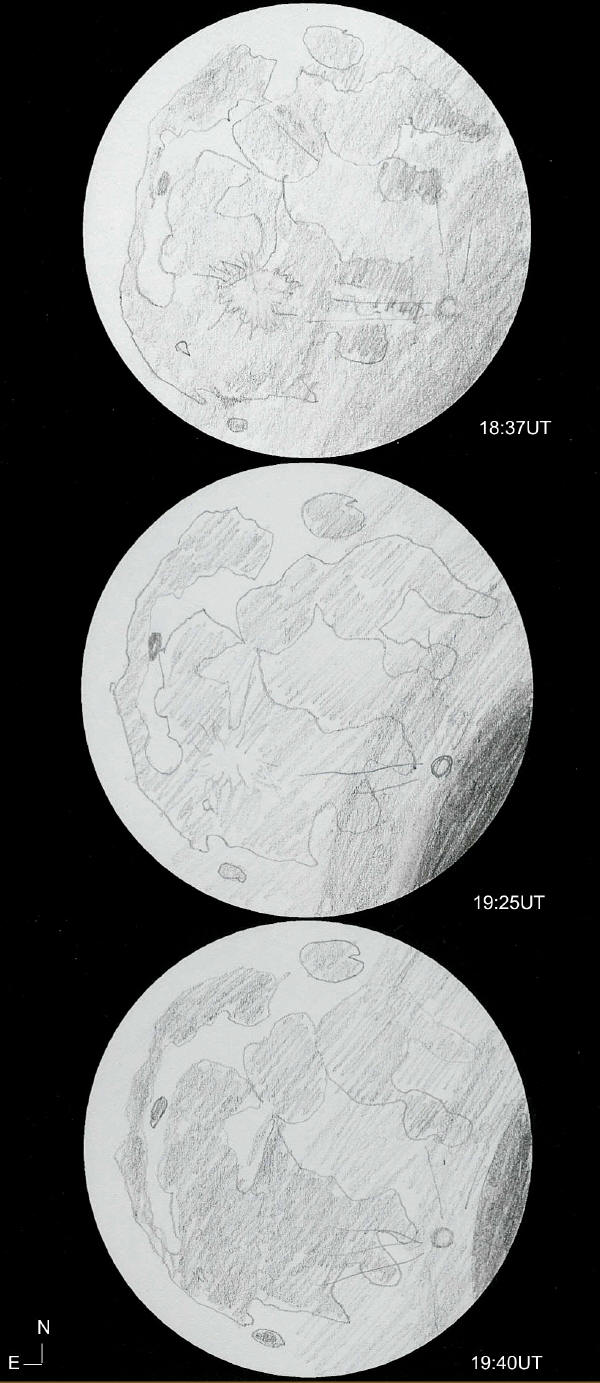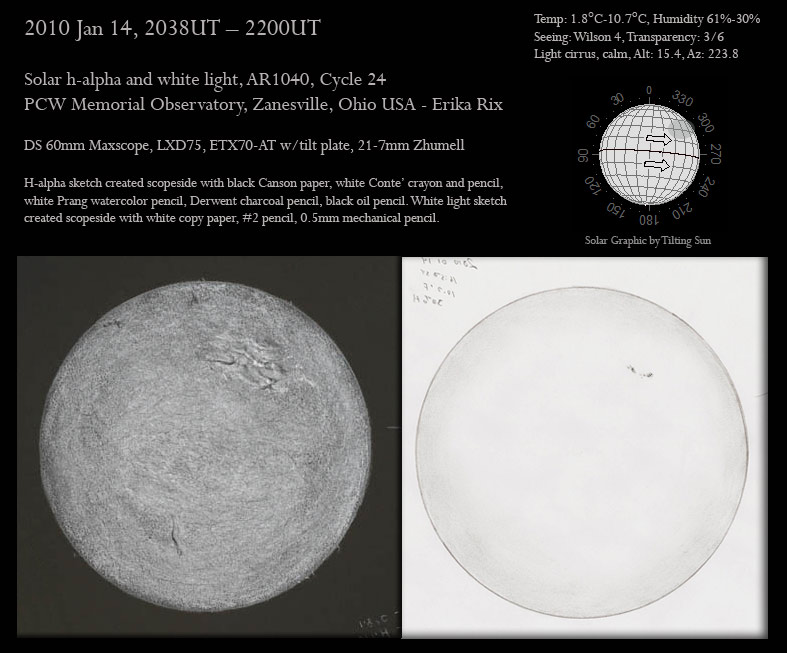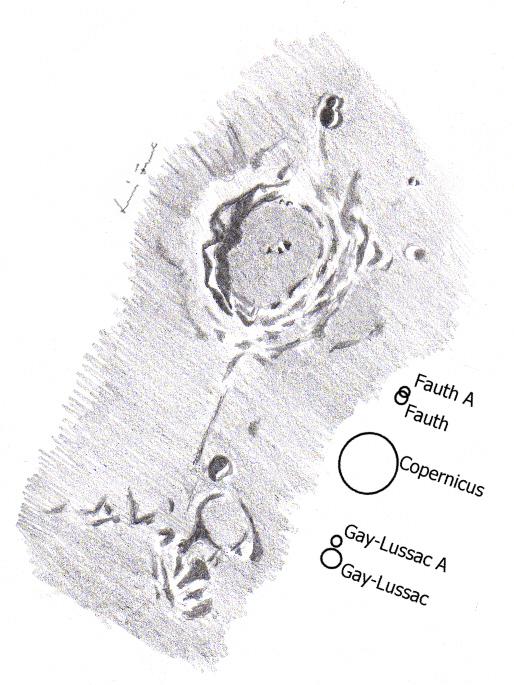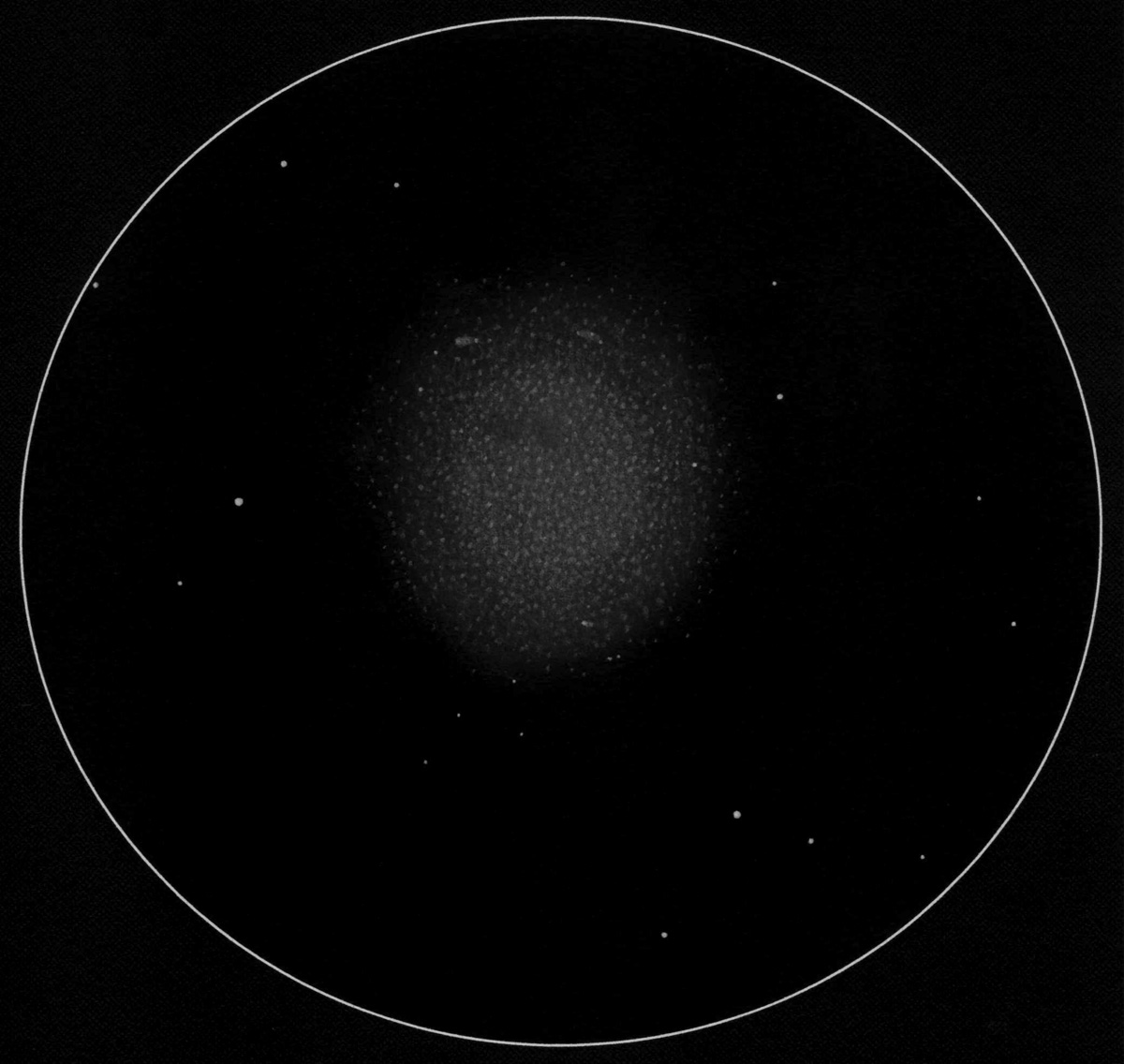
NGC 5139 (Omega Centauri)
Sketch and Details by Laurent Ferrero
Object Name : NGC 5139 (Omega Centauri)
Object Type : globular cluster
Location : Corral del Niño, Tenerife, Canaries islands
Date : april 2009
Magnificient globular cluster which covers a large scale in the eyepiece at 68x. The cluster looks like at big star’s carpet with little dark holes and no central condensation. The global shape of the object is clearly oval. The observation was made with my Intes 6″.
Best regards,
Laurent




